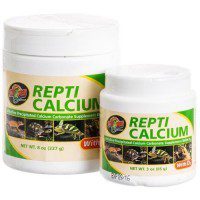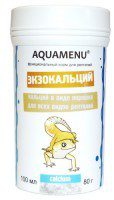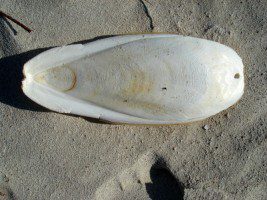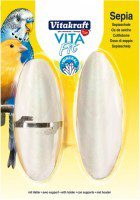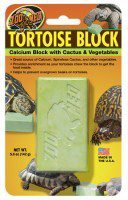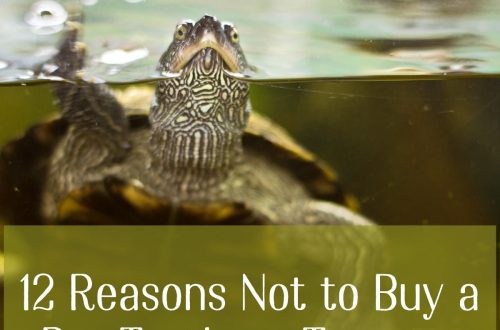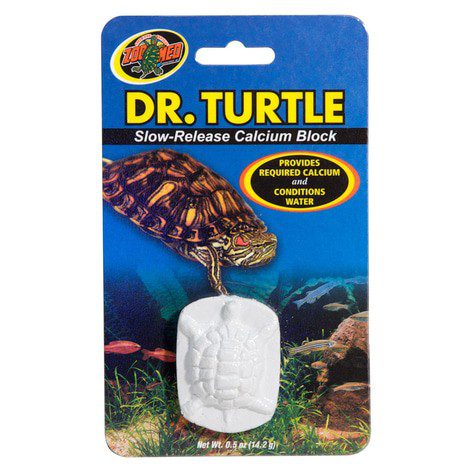
Calcium for turtles

Turtles need calcium for the formation of the shell and bones of the body. As a result, due to a lack of calcium, the turtle shell becomes crooked, bumpy, claws are bent, limb fractures occur, and in the most advanced cases, the shell simply falls apart or becomes “cardboard”. In nature, turtles find sources of calcium in the form of limestone, dolomite, oyster shells, corals, and animal bones. In a terrarium, turtles need to be provided with calcium, and the best option for this is ready-made calcium powder for reptiles. In addition to calcium, turtles need to be given powdered reptile vitamins.

For land herbivorous turtles
 At home, tortoise food usually contains very little calcium, so be sure to sprinkle calcium powder once a week on any turtle food. The dosage of calcium depends on the weight of the turtle and is indicated on the package, however, it is difficult to overdose pure calcium in the form of top dressing, so you can pour it “by eye”. It is also better to place a cuttlefish bone or a calcium block in the terrarium so that the turtles gnaw it and sharpen their beak, while receiving calcium (although it is absorbed only by 5%).
At home, tortoise food usually contains very little calcium, so be sure to sprinkle calcium powder once a week on any turtle food. The dosage of calcium depends on the weight of the turtle and is indicated on the package, however, it is difficult to overdose pure calcium in the form of top dressing, so you can pour it “by eye”. It is also better to place a cuttlefish bone or a calcium block in the terrarium so that the turtles gnaw it and sharpen their beak, while receiving calcium (although it is absorbed only by 5%).
!! It is important not to give vitamins and calcium with D3 at the same time, because. otherwise there will be an overdose in the body. Cholecalciferol (vitamin D3) causes hypercalcemia by mobilizing the body’s calcium stores, which are mainly found in bone. This dystrophic hypercalcemia results in calcification of blood vessels, organs, and soft tissues. This leads to nerve and muscle dysfunction and cardiac arrhythmias. [*source]
Vitamin D3 contributes to the absorption of calcium. In nature, tortoises have nowhere to take vitamin D3, so they have learned to produce it themselves under the influence of ultraviolet light, so that vitamin D3 from top dressing or food is not absorbed by them. Calcium for reptiles is on sale with and without vitamin D3, for land turtles you can buy any of them.

For predatory turtles
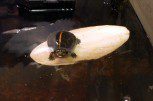 Carnivorous aquatic turtles get their vitamin D3 from the entrails of the animals they eat, so they can absorb vitamin D3 from both food and ultraviolet light. Since turtles do not always feed full and contain the right amount of vitamin D3, we recommend using ultraviolet light for aquatic turtles of all ages, but especially for baby turtles, sick individuals or pregnant and regular laying females.
Carnivorous aquatic turtles get their vitamin D3 from the entrails of the animals they eat, so they can absorb vitamin D3 from both food and ultraviolet light. Since turtles do not always feed full and contain the right amount of vitamin D3, we recommend using ultraviolet light for aquatic turtles of all ages, but especially for baby turtles, sick individuals or pregnant and regular laying females.
To provide calcium to predatory turtles, you can give fish with bones, snails, mice, small amphibians. If you think that the turtle lacks calcium, then you can give it additionally as a top dressing once a week – dip fish pieces in calcium and vitamins and feed it to the turtles with tweezers. It is also better to place a cuttlefish bone or a calcium block in the aquarium so that the turtles gnaw it and sharpen its beak, while receiving calcium (it is absorbed only by 5%).
Types of calcium
- Ready calcium for reptiles in powder (sometimes in the form of a spray or drops) should not contain phosphorus.
 Arcadia Calcium Pro
Arcadia Calcium Pro  Zoomed Repti Calcium to D3/без D3
Zoomed Repti Calcium to D3/без D3  JBL MicroCalcium (1g mixture per 1kg turtle weight per week)
JBL MicroCalcium (1g mixture per 1kg turtle weight per week)  Foodfarm Calcium (Mix 1-2 scoops and 100g of vegetables, fruit or feed mix. 1 scoop contains approximately 60mg of calcium)
Foodfarm Calcium (Mix 1-2 scoops and 100g of vegetables, fruit or feed mix. 1 scoop contains approximately 60mg of calcium)  Exo-Terra Calcium (1/2 tablespoon per 500 g of vegetables and fruits. With Exo Terra Multi Vitamin mixed in a 1:1 ratio.)
Exo-Terra Calcium (1/2 tablespoon per 500 g of vegetables and fruits. With Exo Terra Multi Vitamin mixed in a 1:1 ratio.)  Aquamenu Exocalcium (EXOCALCIUM in one teaspoon – 5,5 g. For turtles: 1-1,5 grams per kilogram of animal weight per week.)
Aquamenu Exocalcium (EXOCALCIUM in one teaspoon – 5,5 g. For turtles: 1-1,5 grams per kilogram of animal weight per week.)  Zoomir MINERAL MIX CALCIUM + D3, MINERAL MIX CALCIUM, MINERAL MIX GENERAL STRENGTHENING (1-2 times a week at the rate of 1 large scoop of treat per 1 kg of animal weight or 1 small scoop per 150 g of animal weight)
Zoomir MINERAL MIX CALCIUM + D3, MINERAL MIX CALCIUM, MINERAL MIX GENERAL STRENGTHENING (1-2 times a week at the rate of 1 large scoop of treat per 1 kg of animal weight or 1 small scoop per 150 g of animal weight)  Tetrafauna ReptoCal (contains phosphorus). Reptocal and Reptolife in a 2:1 ratio. 1 time per week should be given 2g of the mixture / 1kg of turtle weight
Tetrafauna ReptoCal (contains phosphorus). Reptocal and Reptolife in a 2:1 ratio. 1 time per week should be given 2g of the mixture / 1kg of turtle weight 

- cuttlefish bone (sepia) Cuttlefish bone is called the remnant of the underdeveloped inner shell of this mollusk. Often a cuttlefish bone (sepia) can be found on the sea or ocean, it is suitable for turtles, like a pet store. The turtle will gnaw on a cuttlefish bone if it lacks calcium or if it wants to sharpen its beak, so it can be kept in a terrarium (as an addition to the main source of calcium). But not all turtles do this. Absorbed by 5%.


- calcium block It is similar to cuttlefish bone, but sometimes contains additional inclusions, so read the composition. It is absorbed only by 5%, but it helps to sharpen the beak. As an addition to the main source of calcium.

- Natural sources of calcium: eggshell, limestone, fodder chalk, shells Must be ground to dust before use. Doesn’t digest well.


- Calcium injection course gluconate or calcium borogluconate With a significant lack of calcium and softening of the shell, the veterinarian usually prescribes a course of calcium injections intramuscularly. In the absence of indications and without consulting a veterinarian, it is better not to conduct a course of injections on your own.
- Other articles:
- Vitamins for turtles
- UV lamps for reptiles
- Dry food for aquatic turtles
- Dry food for tortoises
- Feeding aquatic turtles on the forum
- Feeding tortoises on the forum
- Video:
© 2005 — 2022 Turtles.ru



